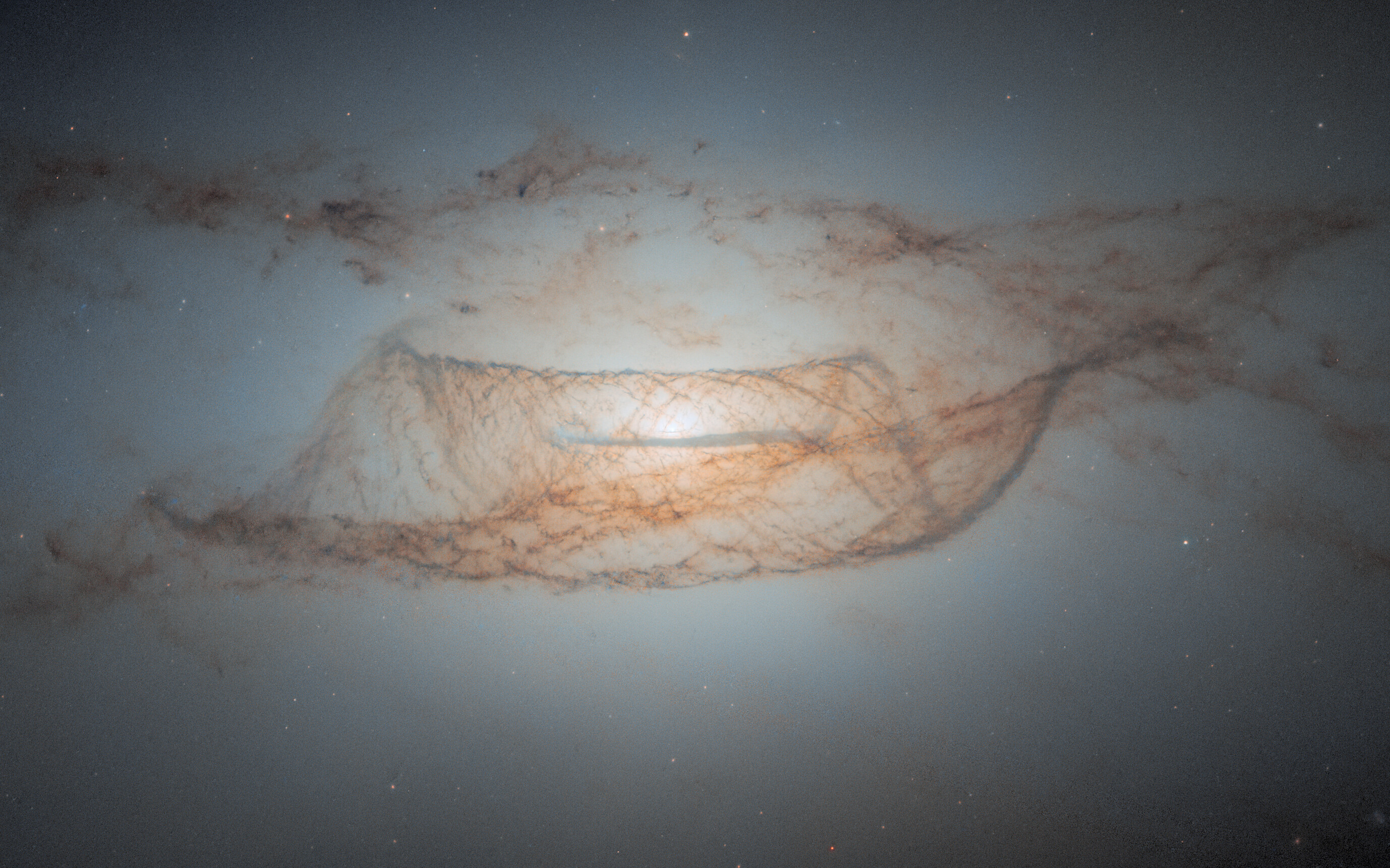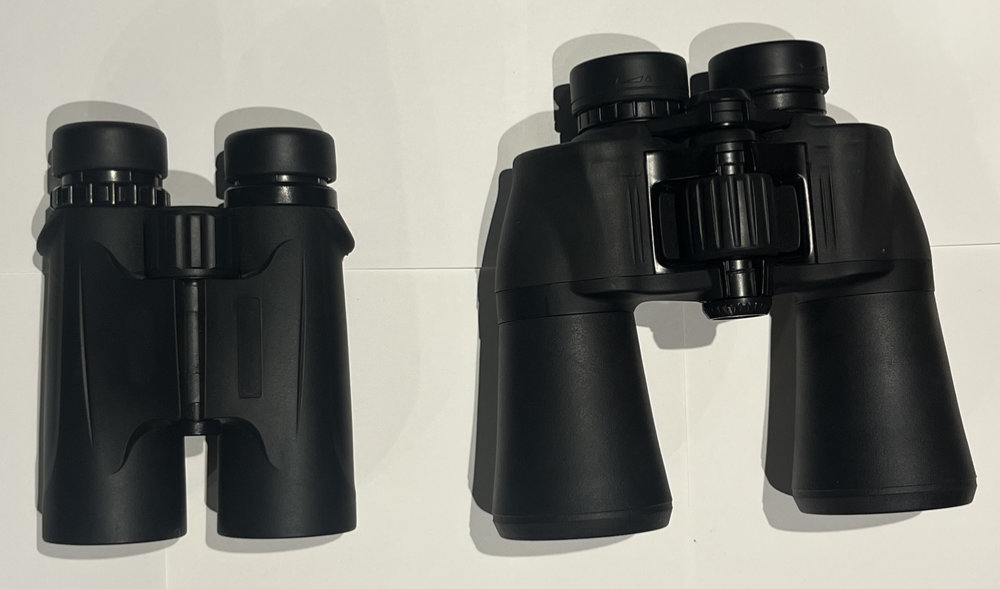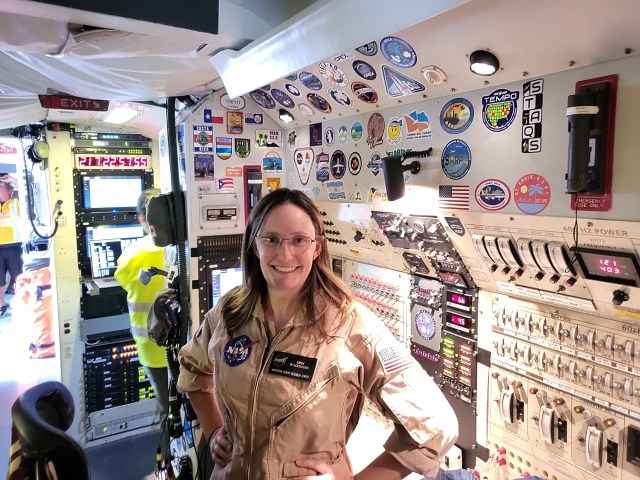Matthew Glascock
Missouri University of Science and Technology
The development of Solid Electric Propellants is an emerging topic of research with major implications in the field of space propulsion from the micro to macro scale. Solid Electric Propellants offer new and exciting capabilities in the field of solid rocket propulsion, such as throttling and extinguishment/re-ignition. Additionally, some of these propellants, like the type being developed by the small business Digital Solid State Propulsion (DSSP) in Nevada, are insensitive to ignition by spark, impact or open flame, making them much safer to transport and handle. Further, this higher performance electric propellant (HIPEP) is easily manufactured and uses “green” ingredients. Recently, DSSP has developed a microthruster utilizing this green Solid Electric Propellant and operates in a mode very similar to a traditional type of electric propulsion, the coaxial Pulsed Plasma Thruster (PPT). These microthrusters are extremely well suited to widespread small spacecraft applications due to a very small size (1/8″ diameter, 1″ length), low power requirements (nominal 2-5 W capacitor charging cycle) and ease of handling and integration. While these microthrusters are quite promising as an on-board propulsion solution to one of the major challenges in small spacecraft applications, mobility, it is not well characterized how these microthrusters compare to the performance of a traditional PPT. More specifically, the performance and thermochemical contributions of the HIPEP in comparison to the traditional and well studied PPT propellant, Teflon, are subject to investigation.
The main objective of this project is to characterize the thermochemical behavior and performance of the HIPEP propellant and provide insightful comparisons in its role as a PPT propellant to that of Teflon. Specific objectives to reach that end include: 1.) conducting plasma plume diagnostic studies of PPT operation for the HIPEP and Teflon thrusters, 2.) fully characterizing the performance of both thrusters and comparison to traditional PPT performance data and 3.) using acquired data to model the magneto-hydro-dynamic (MHD) environment in addition to the thermochemical processes that are present in the operation of the HIPEP PPT. Plasma plume diagnostic methods for PPT’s are well outlined by literature in the field of electric propulsion, and are easily adapted to the HIPEP microthruster. Plume characterization work on the HIPEP thruster has already begun at the Missouri University of Science and Technology as part of the student applicant’s doctoral research program, and this type of work could be enhanced by further testing at a NASA center such as the Marshall Space Flight Center (MSFC) and/or NASA Glenn Research Center (GRC). Performance characterization of a HIPEP thruster and Teflon thruster will build off previous research from DSSP and the electric propulsion community, respectively, that would serve to jump-start, outline, and guide the approach for this project. Performance characterization would also greatly benefit from testing at MSFC and/or GRC due to the expertise of researchers and quality of available hardware. MHD modeling will be conducted using established simulation environments such as the MACH2 software and traditional thermochemical equation of state reactive material modeling methods using the Sesame library to help characterize and understand the contributions of thermochemical processes and the chemical makeup of HIPEP to the performance of the microthruster.





























